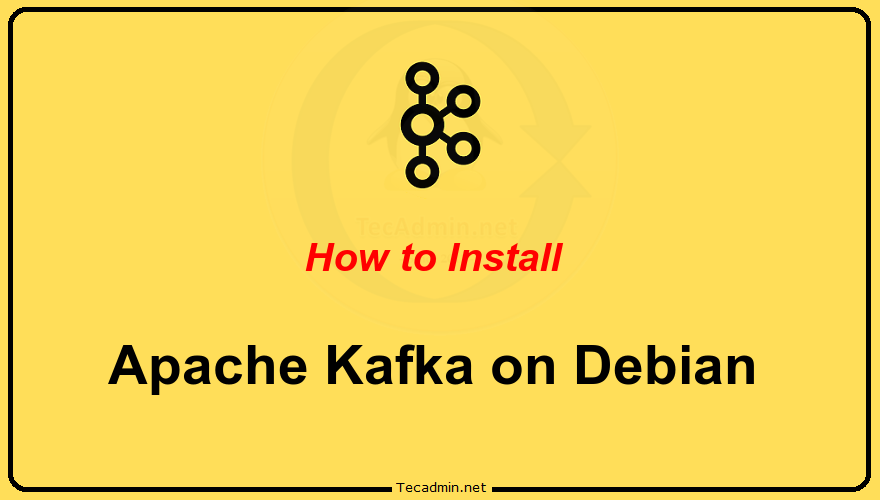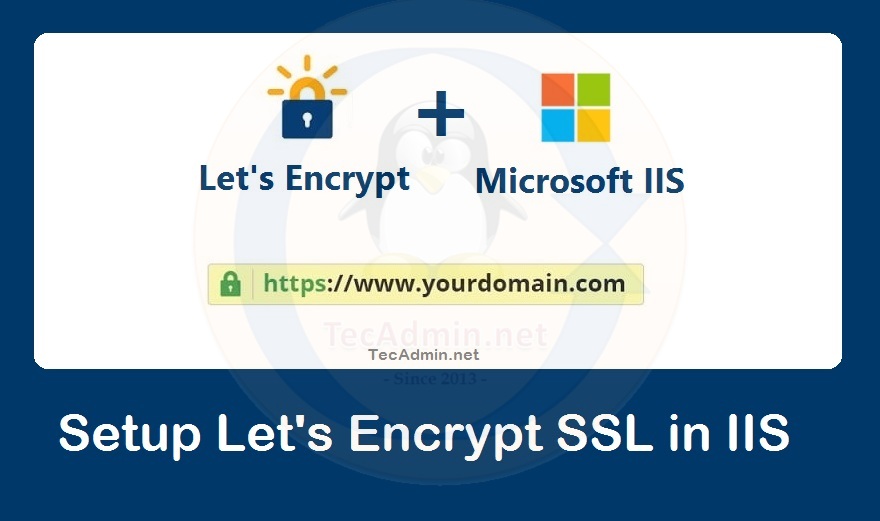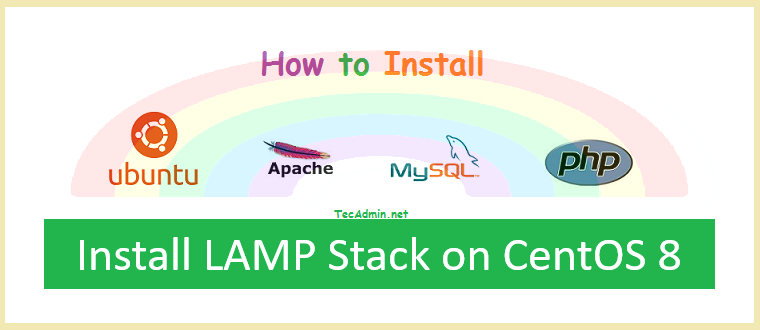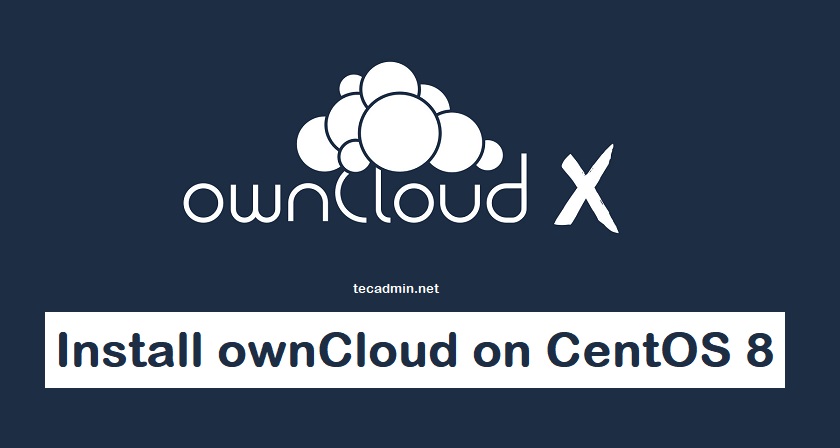Apache Kafka is a distributed streaming platform. It is useful for building real-time streaming data pipelines to get data between the systems or applications. Another useful feature is real-time streaming applications that can transform streams of data or react on a stream of data. This tutorial will help you to install Apache Kafka on Debian 11, Debian 10, and Debian 9 Linux systems. Step 1 – Install Java Apache Kafka required Java to run. You must have java installed on your system. Execute below command to install default OpenJDK on your system from the official PPA’s. sudo apt update sudo…
Author: Rahul
Let’s Encrypt is a non-profit Certificate Authority (CA) managed by the Internet Security Research Group. It provides free SSL certificates for your domains to secure data on the transport layer. This tutorial will help you to install and secure Apache with Let’s encrypt on the Fedora system. Prerequisites Running Fedora system with shell access A domain/sub domain pointed to server IP address via public DNS server. For this tutorial, we use webhost.tecadmin.net. Step 1: Install Apache First of all, Install the Apache webserver on your Fedora system. The default package repositories contain Apache packages. You can directly install them using…
Permalinks is a URL structure that can link to a specific blog post. It is also used to create archives and pagination links. The permalink allows you to have an anchor point for any blog post, regardless of the path name. WordPress is a popular content management system (CMS) written in PHP. MySQL is the backend database server for WordPress. It maintains its URLs with a permalink, the full URL of any post, page, or other website content. Apache web server uses .htaccess to manage permalinks for WordPress. Nginx doesn’t follow .htaccess, So we need to make changes in the…
In this tutorial you will learn, how to create shortcut commands on Linux. This is you can say a short name of any command. In you daily work, you use multiple commands very frequently. You can create a shortcut of those commands, which help you to use easier. Alias is an Linux command provides ability to create customized commands. Using this you can create a sort name for a big command as an alias, which is easier to remember. When we uses a single command very frequently, we can alias them to a very short name. You can understand it…
The Mono project is sponsored by the Microsoft. It is an open source, cross platform implementation of Microsoft .NET Framework. Mono supports most the modern operating systems with 32-bit and 64-bit architecture. This tutorial will help you to install Mono on Ubuntu 18.04 & 16.04 systems. Useful tutorial: How to Install Visual Studio Code on Ubuntu Prerequisites Login to the Ubuntu system with sudo privileged account. Install Mono on Ubuntu First of all, install some required packages and import GPG key to your system. sudo apt install gnupg ca-certificates sudo apt-key adv –keyserver hkp://keyserver.ubuntu.com:80 –recv-keys D3D831EF You need to add…
Nextcloud is a web based application provides self-hosted file hosting service. You can install nextcloud application on your server and use it as your own file server. Where you can easily upload/sync files from the client machine. It also provides options to sync and share across devices—all under your control. This tutorial will help you to install Nextcloud on CentOS 8 Linux system. Prerequisites The newly installed system’s follow initial server setup. Shell access with sudo privileges account. Step 1 – Disable SELinux Before starting, it is a good idea to disable the SELinux in your system. To disable SELinux,…
Let’s Encrypt is a Certificate Authority (CA) that offers complimentary SSL certificates for websites. These certificates can be issued for any domain name, making them suitable for deployment in production settings due to their trusted status. To utilize an SSL certificate, it’s necessary to possess an active domain or subdomain. Moreover, this domain should be directed towards a Windows server via a DNS server. For the purposes of this guide, we have established a subdomain, “secure.tecadmin.net,” and directed it to our Windows system. This guide is designed to assist you in installing the Let’s Encrypt SSL certificate on IIS for…
LAMP is the acronyms of Linux, Apache, MySQL and PHP. Apache is the web server to serve files over HTTP protocol. MySQL is the popular database server. PHP is the programming language used for developing web applications. Using these applications, we can create a full fledged web server. The most common way to run PHP applications with Apache is the use of mod_php module. Also the good alternative is to use PHP-FPM, which has several advantages over this. The default installation on CentOS 8 uses PHP-FPM to process php files. This tutorial will help you to install and configure LAMP…
ownCloud is a free and open-source software that provides a secure and convenient way to store, share, and access files and data from anywhere in the world. With ownCloud, you can have your own personal cloud server and enjoy the benefits of having your data stored in a secure and accessible location. In this article, we will guide you through the process of installing ownCloud 10 on CentOS/RHEL 9/8. CentOS/RHEL 9/8 are popular Linux distributions that are widely used as a server operating systems. By following this guide, you can easily set up your own personal cloud server using ownCloud…
Securing your Linux server is a critical step in ensuring the safety of your data and applications. One of the most important tools for achieving this is FirewallD, a dynamic firewall management tool that comes pre-installed on many Linux distributions. In this step-by-step guide, we’ll walk you through how to use FirewallD to secure your Linux server. Step 1: Check if FirewallD is installed and running The first step is to check if FirewallD is already installed and running on your system. You can do this by running the following command in the terminal: sudo systemctl status firewalld If FirewallD…






